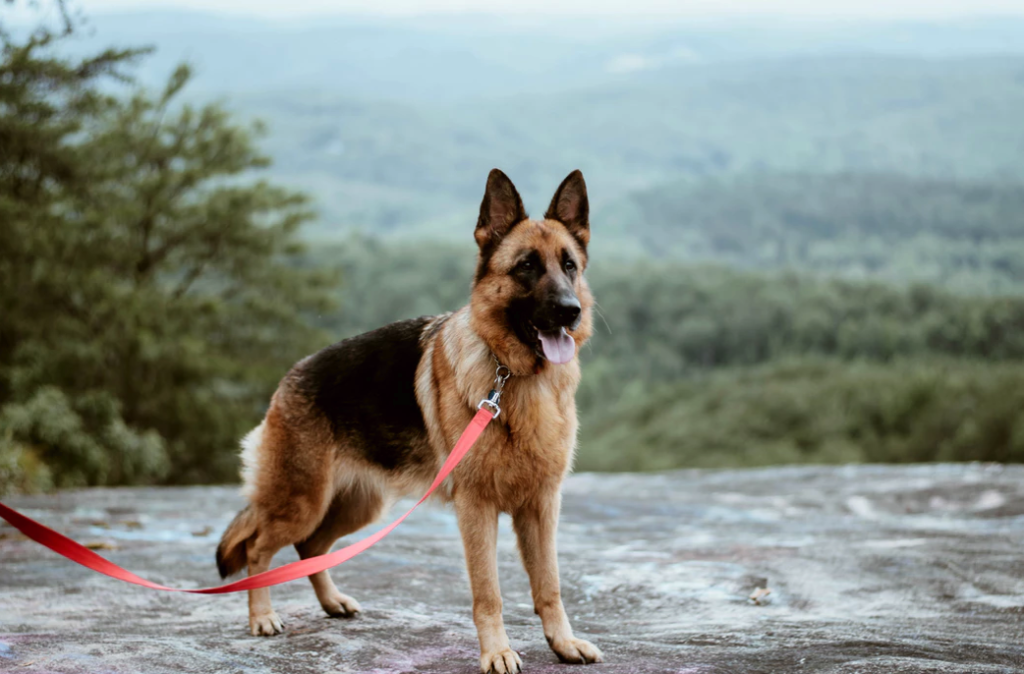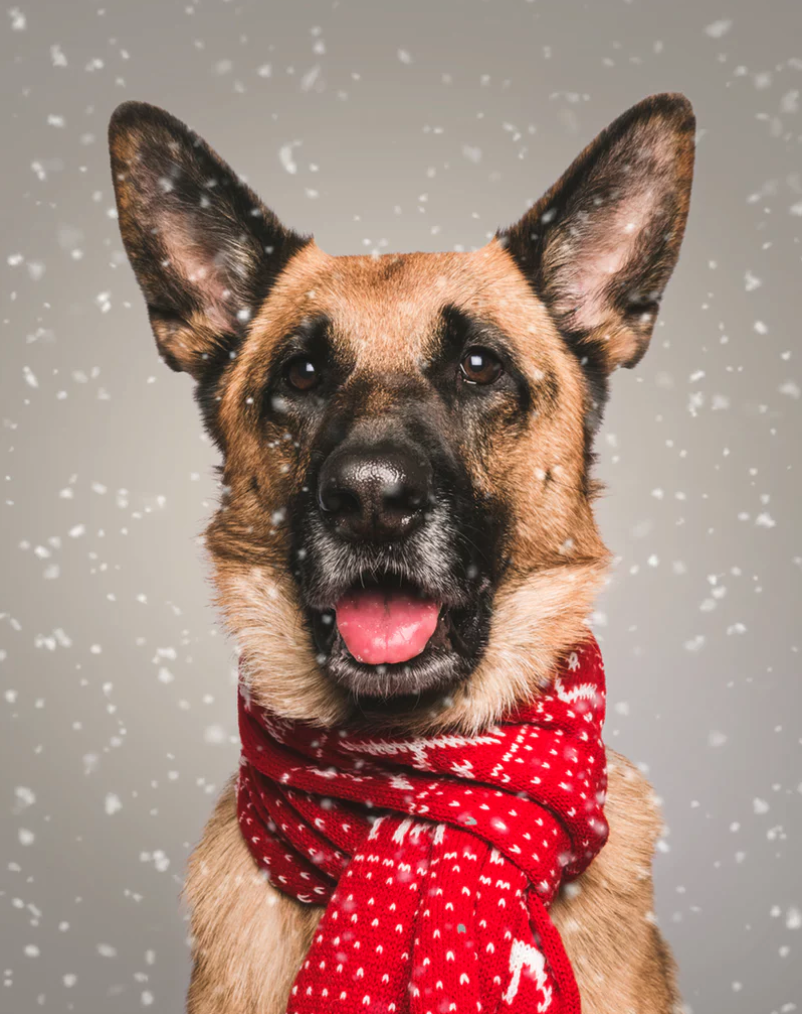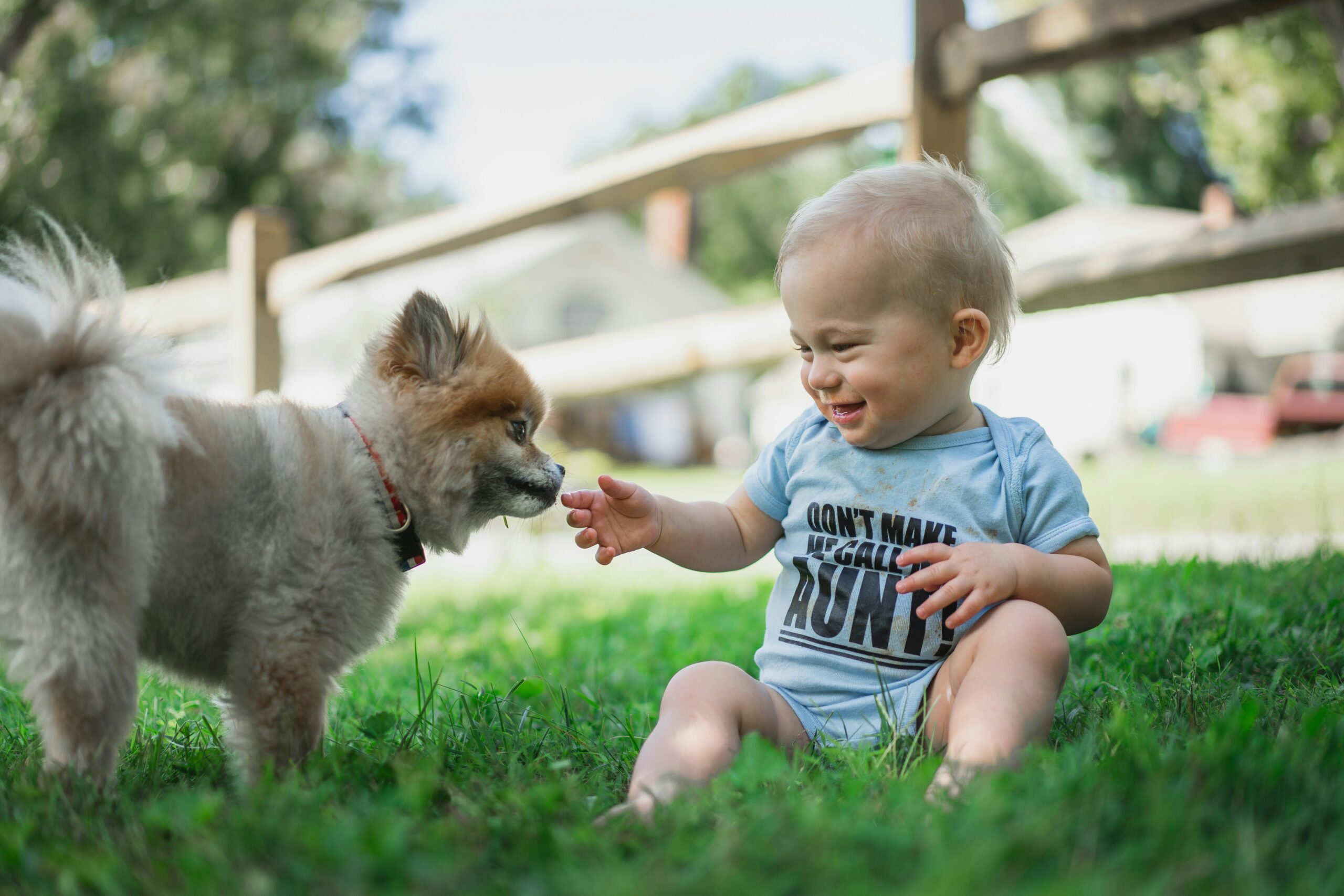History of the German Shepherd
The German shepherd dog as his name hints originated in Germany. They were bred by local folk for their abilities in herding and guarding sheep and their keen sense of smell, this worked well except there was no similarities in their appearance and ability.
Captain Max von Stephanitz, a former student of the Berlin Veterinary and an ex cavalry captain, created the German Shepherd Dog breed. Max von Stephanitz believed the dogs should be bred for working and found the first sire of the breed Horand von Grafrath.
Types of German Shepherds
There are 5 types of German Shepherd Dogs, their different distinctions help trainers and owners decide which is better for the task they are wanting their German Shepherd Dog to perform. Along with what attributes in appearance and temperament you are looking for in your German Shepherd Dog.
The Five+ Types of German Shepherd Dogs are:
- North American and Canadian Show Line German Shepherds
- West German Show Line German Shepherds
- West German Working Line German Shepherds
- East German/DDR Working Line German Shepherds
- Czech Working Line German Shepherds
- (Long Haired German Shepard)
Appearance of the Czech German Shepherd Dog

Photo by Katelyn MacMillan on Unsplash
The Czech German Shepherd Dog has these general appearance characteristics:
- 60 to 70% black through his saddle/coat with 30 to 40% tan or red.
- Thick paws and a large blocky head
- Thick chest
- Very athletic, with great stamina
- Very Intelligent – If you thought Lassie could talk listen to Max.
- More muscle and much less fat than show line German Shepherd Dogs
- Designed for protection and patrolling the Czech Border
Grooming Your German Shepherd
The German Shepherd Dog is known affectionately by his fans as the “German Shedder.” He has a medium length double coat that sheds no matter the season.
He sheds his thick undercoat heavily in the spring and fall and requires frequent brushing and bathing to get rid of all the loose hair. Through the summer and winter seasons he a weekly brushing should keep his coat manageable.
You will want to trim his nails every couple of weeks to keep them and your floors and furniture in good condition and his teeth will need frequent brushing to maintain his overall health and fresh smelling breath.
Personality and Temperament of a German Shepherd Dog
The German Shepherd Dog is confident and fearless. He is fun loving, easy to train, protective, devoted and intelligent.
The athletic ability of the German Shepherd requires daily walks and exercise. They are also dogs that you can travel with. During these walks is also the opportunity for owners and trainer to train the German Shepherd Dog to be sociable and to teach him proper manners.
It is in the German Shepherd Dog’s nature to guard his territory and his flock. He needs to be taught when and how to greet strangers and friends.
German Shepherd Dog’s require strong loving owners who know how to manage intelligent loving animals.
Training and Exercising Your German Shepherd Dog
You will want to start your puppy training around 8 weeks of age, should you get an older puppy no worries as they will still be eager to train. Start with the basic commands and behavior issues, such as potty training and sit, come and stay and others you may want.
Be sure to socialize your pup with other dogs and people, you may use treats to help with the training process but don’t overdo it as this could cause them to rely on a treat always and could be harmful. Don’t allow any negative behaviors by calming them down and make them wait for the food they’ll love or whatever activity you were going to do.
Mix up your training don’t just train them in one place especially when potty training them as they won’t know the rules at a friend’s house. Keep in mind the age of your dog. As a puppy the training will need to be shorter. As they grow, they can train longer however keep the training positive. There are devices you can implement with training called clickers and you can replace treats with the clicker as the German Shepherd Dog is trained.
The German Shepherd Dog is a very athletic dog and full of energy they love to play, take them for daily walks. There are several toys that can be helpful in helping the German Shepherd Dog burn off his energy, he loves to play fetch with balls they can grab and throw in the air, agility courses as well as swimming are great activities for this strong athlete.
Feeding Your German Shepherd Dog
The German Shepherd dog is a very energetic breed, the food requirements to keep them healthy and active is important so that they don’t develop health issues later.
The German Shepherd dog can be fed either kibble food, canned food or raw food, it is up to you what you want to do, however when choosing his food, you want to look for one that has at least 22% pure protein and 5-8% fat. The protein will help him stay strong, grow and continue to be active. You don’t want to feed to much fat as it will create health issues down the road, but too little fat will cause skin problems, also don’t give him food with corn syrup in it as this is harmful to your German Shepherd Dog.
How much to feed your German Shepherd Dog depends on his age, a puppy will eat 3-4 times a day as he gets older you will cut back the number of times you feed him.
There are pros and cons for the type of food you choose, the kibble is less messy more cost effective, easier to transport and keeps a lot longer, and the health benefits of chewing is good for the dog’s health. But it is dry food and so doesn’t have the moisture in it like the canned food and is high in carbohydrates which can be harmful to your German Shepherd’s health. The canned food is high in moisture and doesn’t have large quantity of carbohydrates, however the canned is expensive, doesn’t full fill your dog’s chewing needs and is messier to travel with. To feed the raw food you would need to bake or broil the meat, and it should be 50-70% protein and low fat, as well as throw in some non-poisonous fruits and veggies with the meat.
Regardless of which method you choose to feed your German Shepherd Dog make sure you go with quality versus quantity as what you feed your dog determines his life expectancy.
Health Issues in Your German Shepherd Dog
Health issues in the German Shepherd Dog can have an array of ailments as is to be expected in most purebred dogs. The hip dysplasia malformation that can occur while growing may lead him to have pain issues later, as well as his elbow can also have problems with dysplasia. While some dogs have heart issues the German Shepherd Dog has more of a tendency to have them. When looking for a pup feel free to ask the breeder regarding their parents and their background. This could save you in the future from health issue heartaches.
References:
Love our content? Share it with a friend or link it to social media. Like short clips of cute household pets? Training tips? Follow us on instagram @nydognanny or on YouTube at nydognanny. Have some news you needs to get to dog and cat parents stat? Email info@newyorkdognanny.com with your article pitch.



